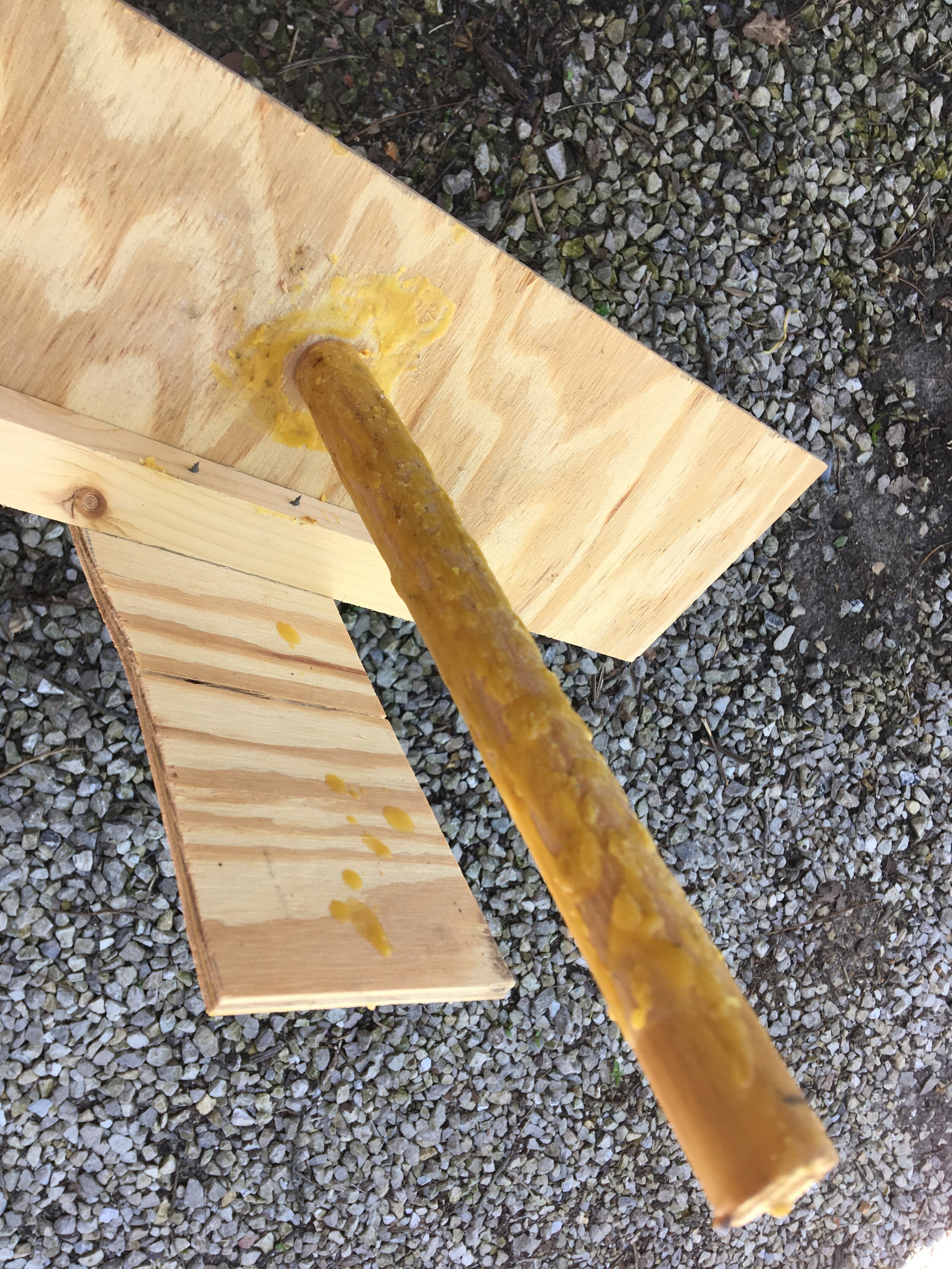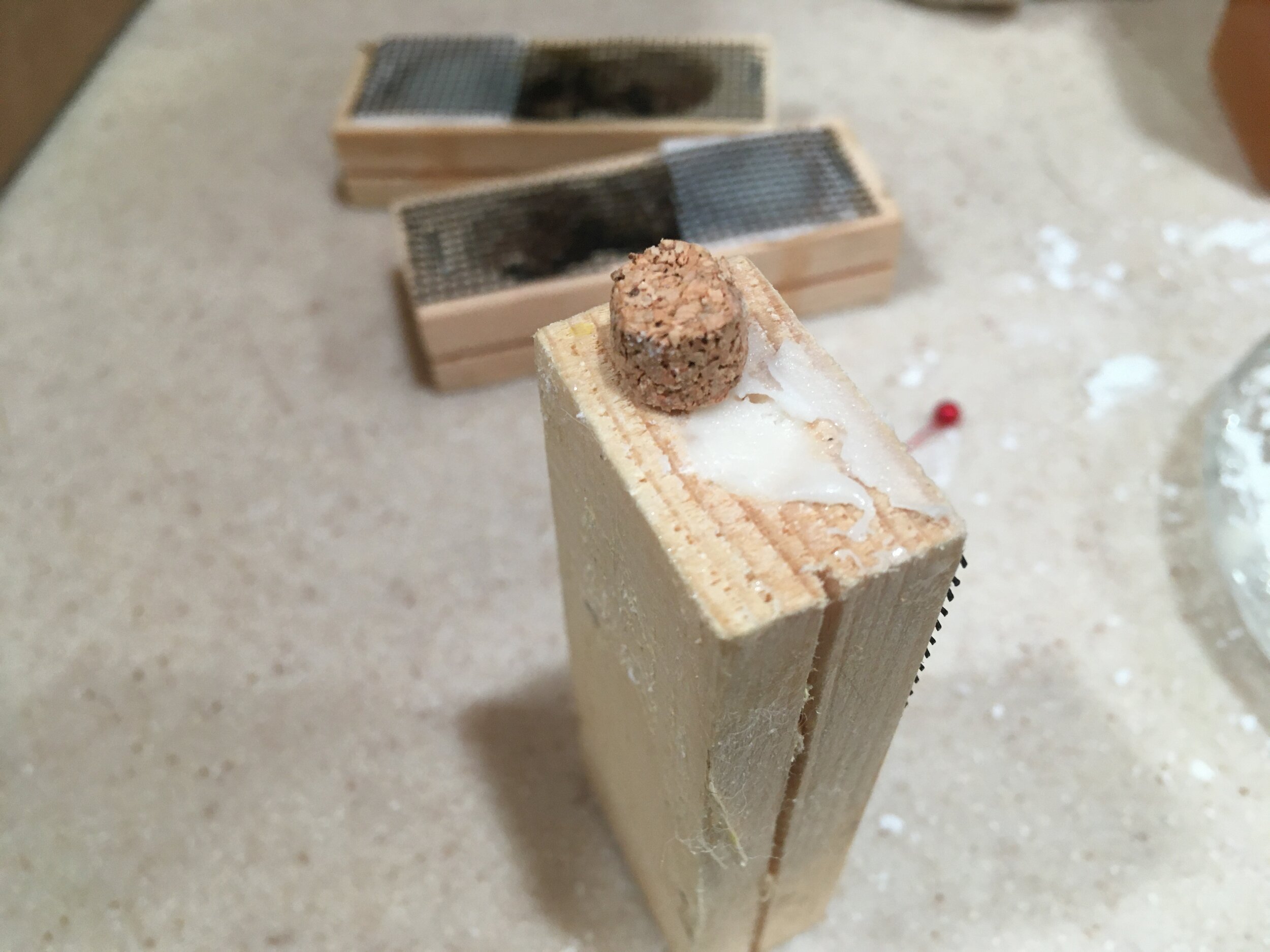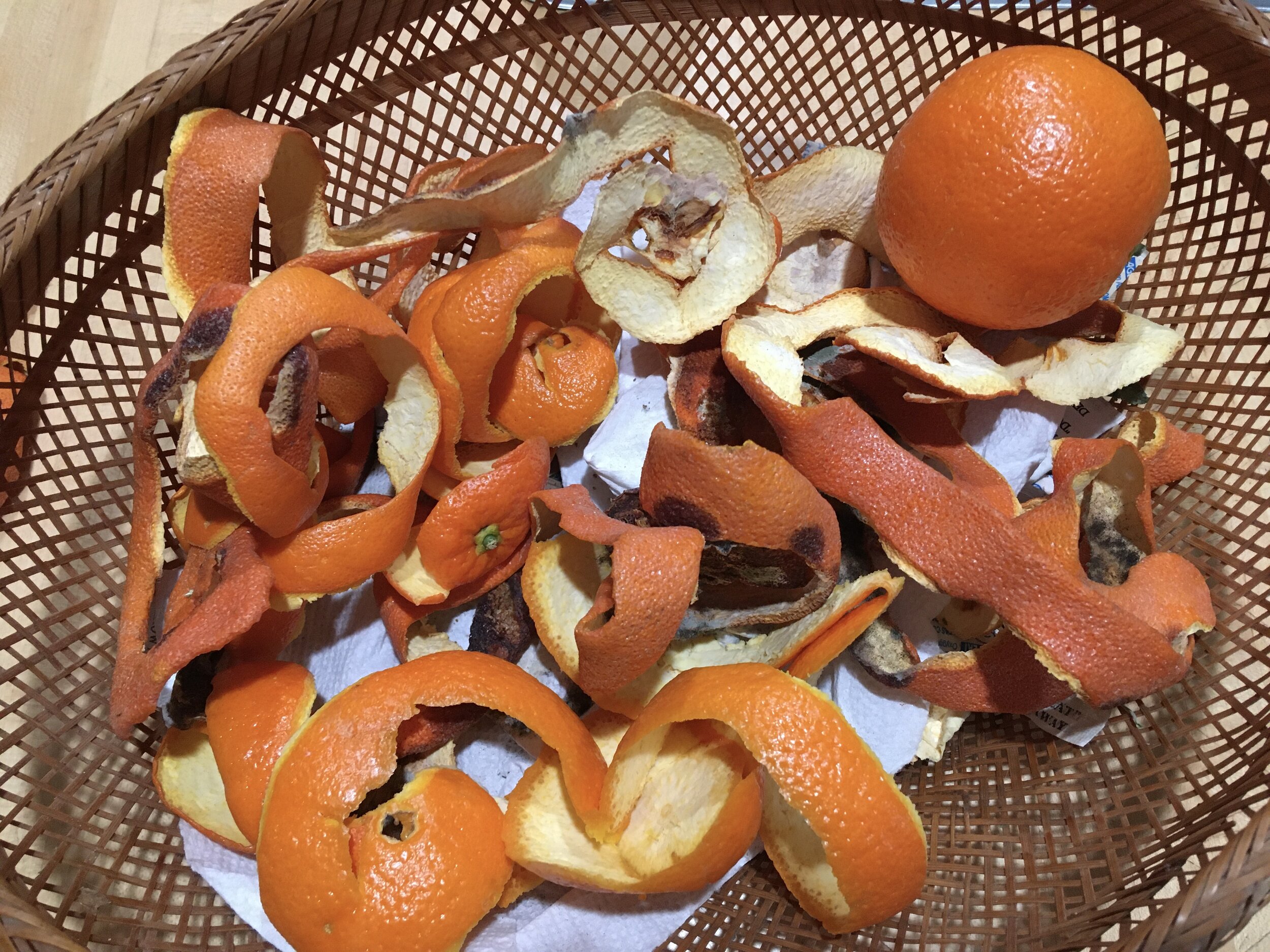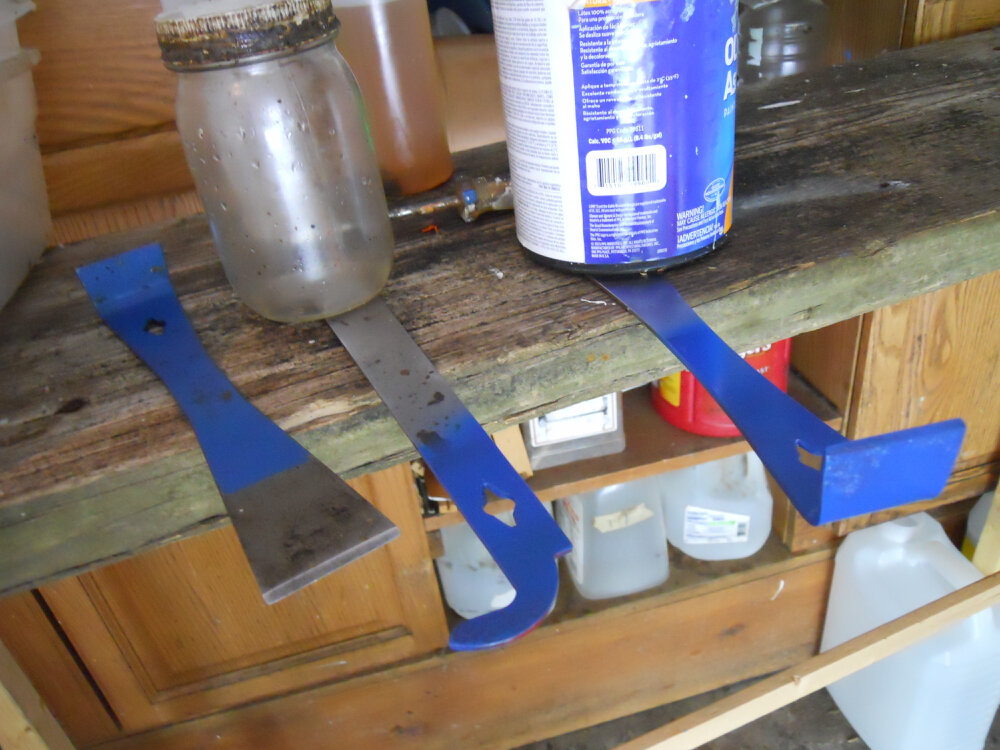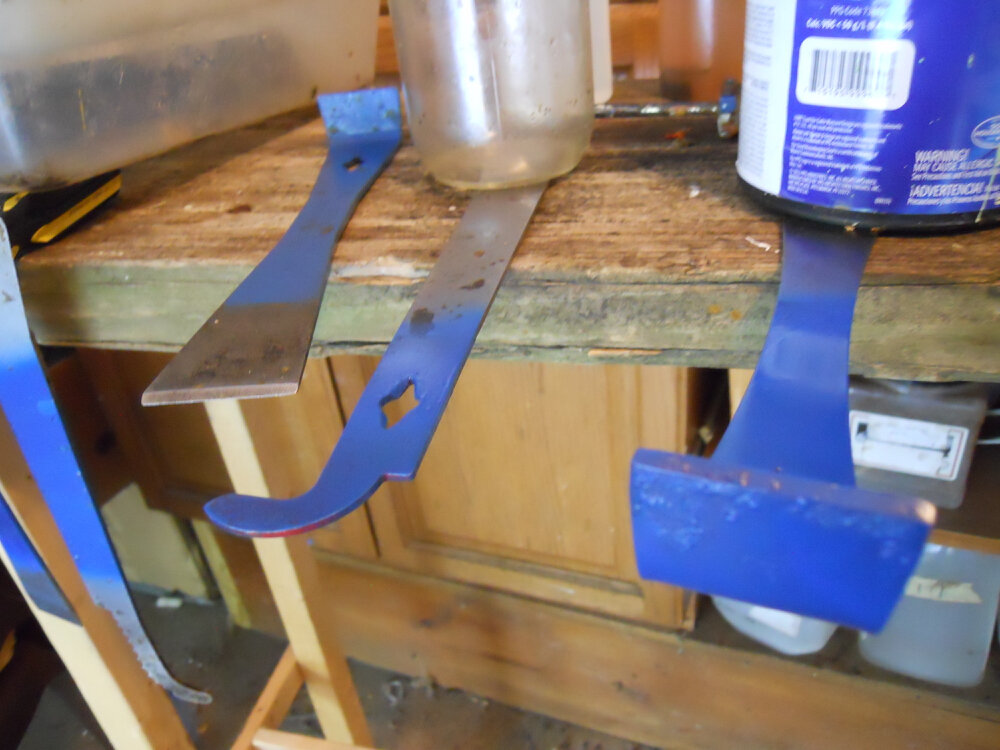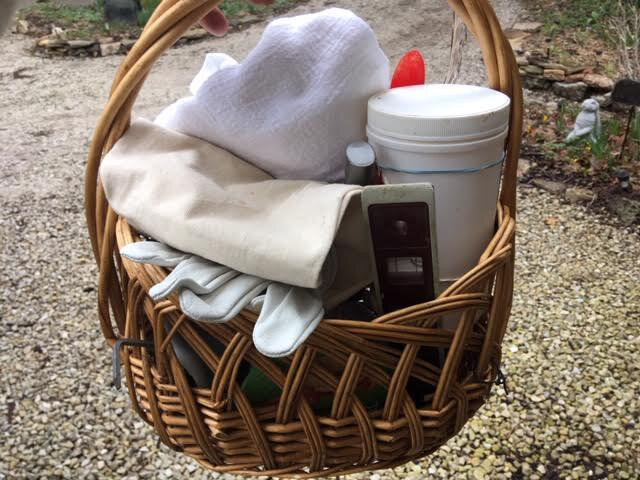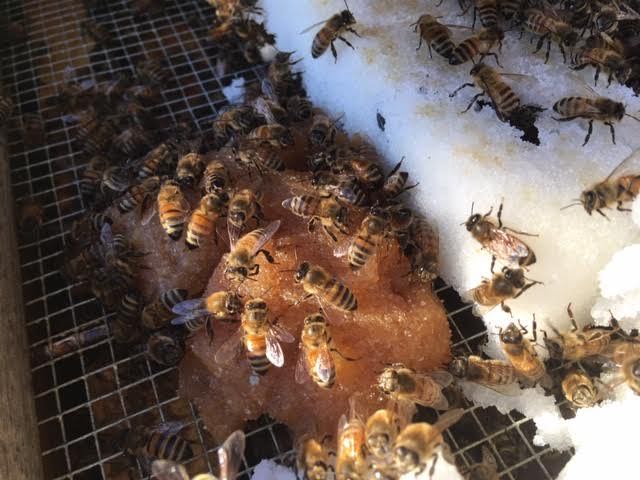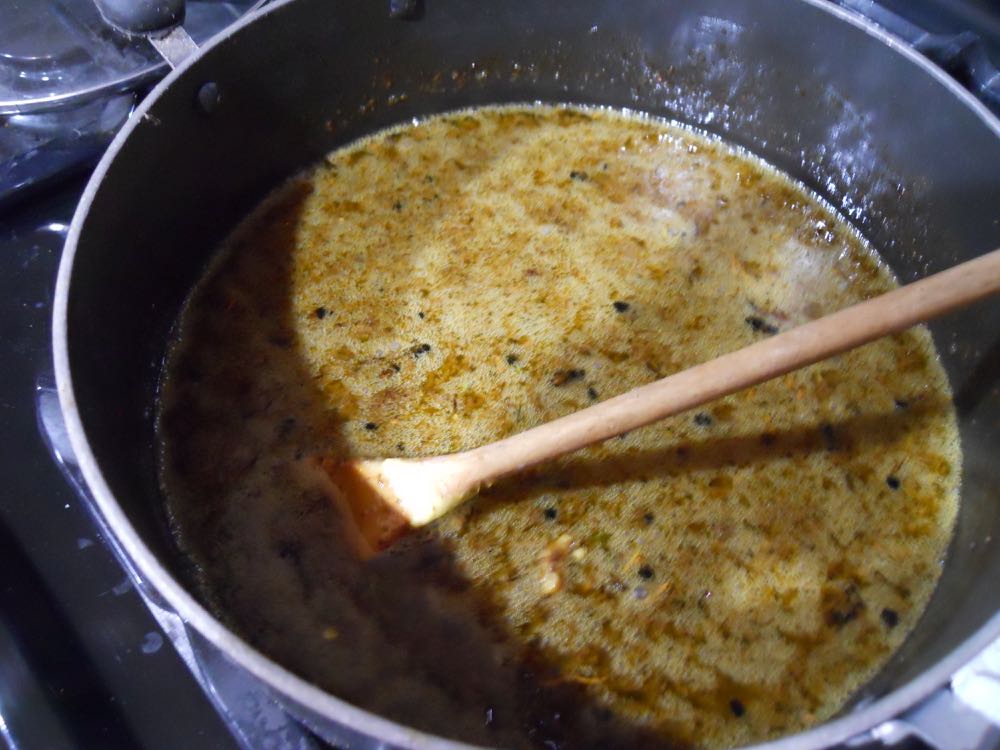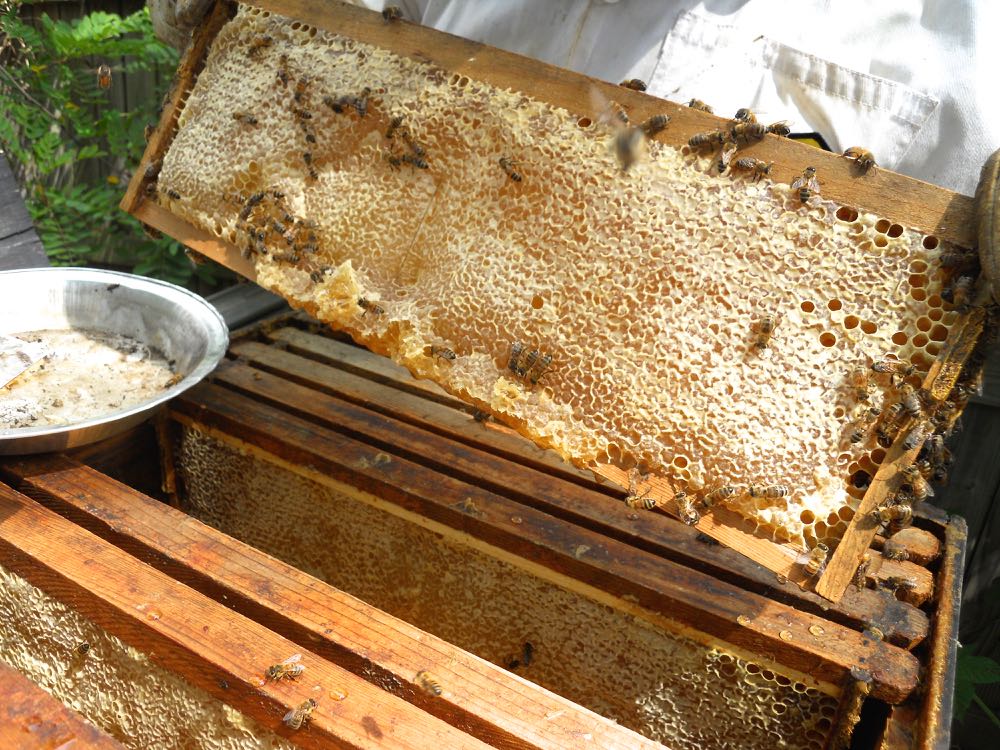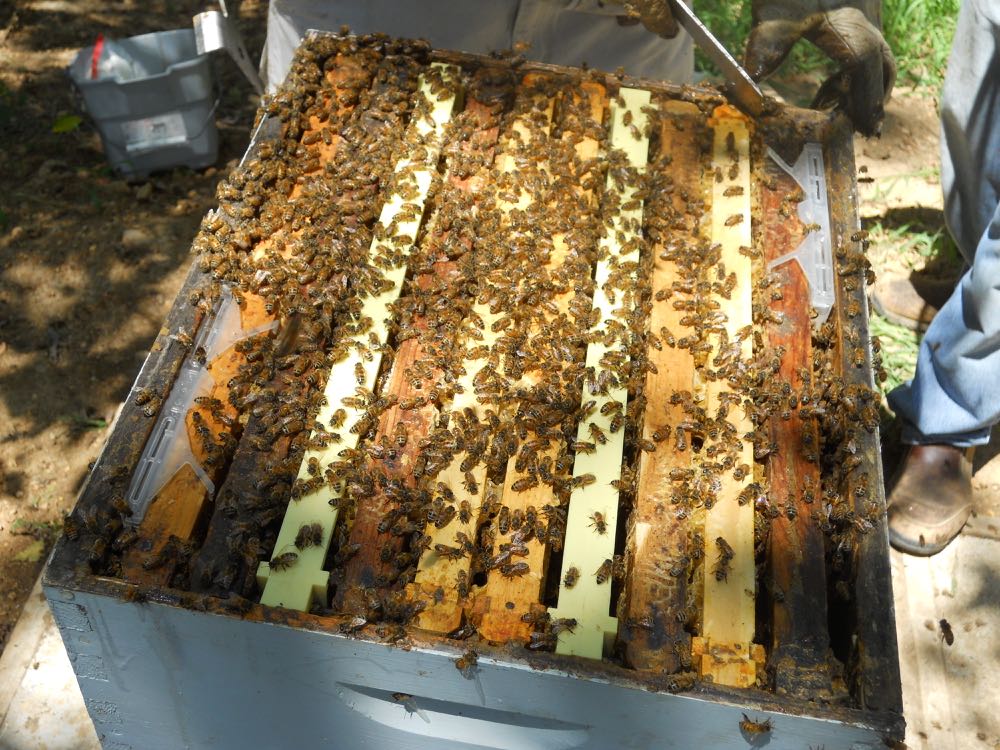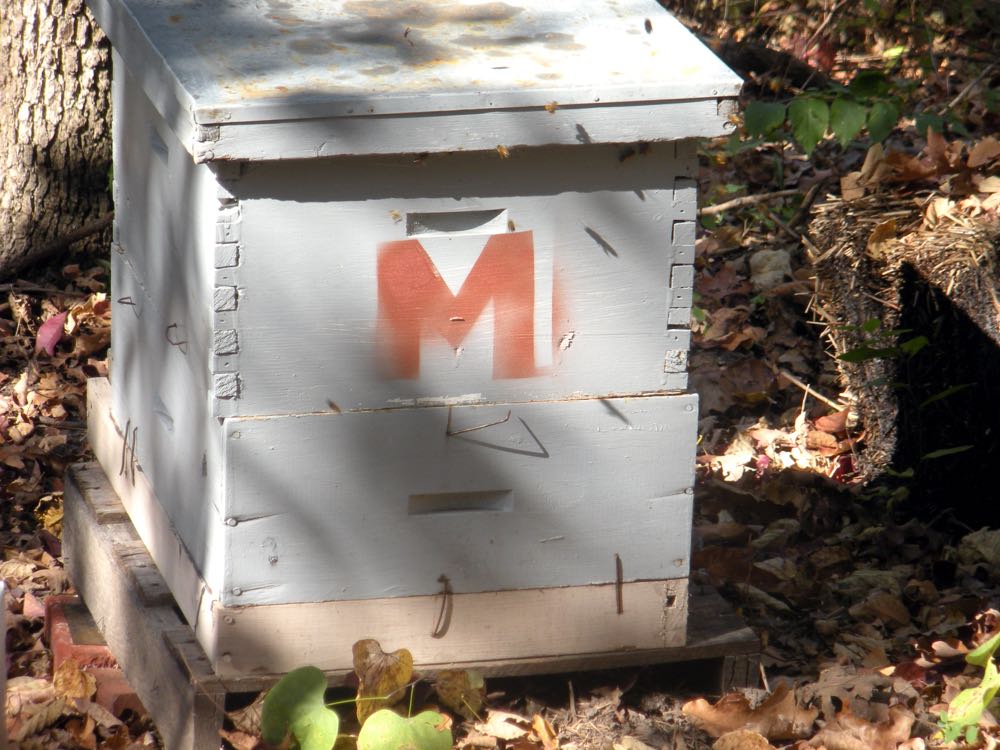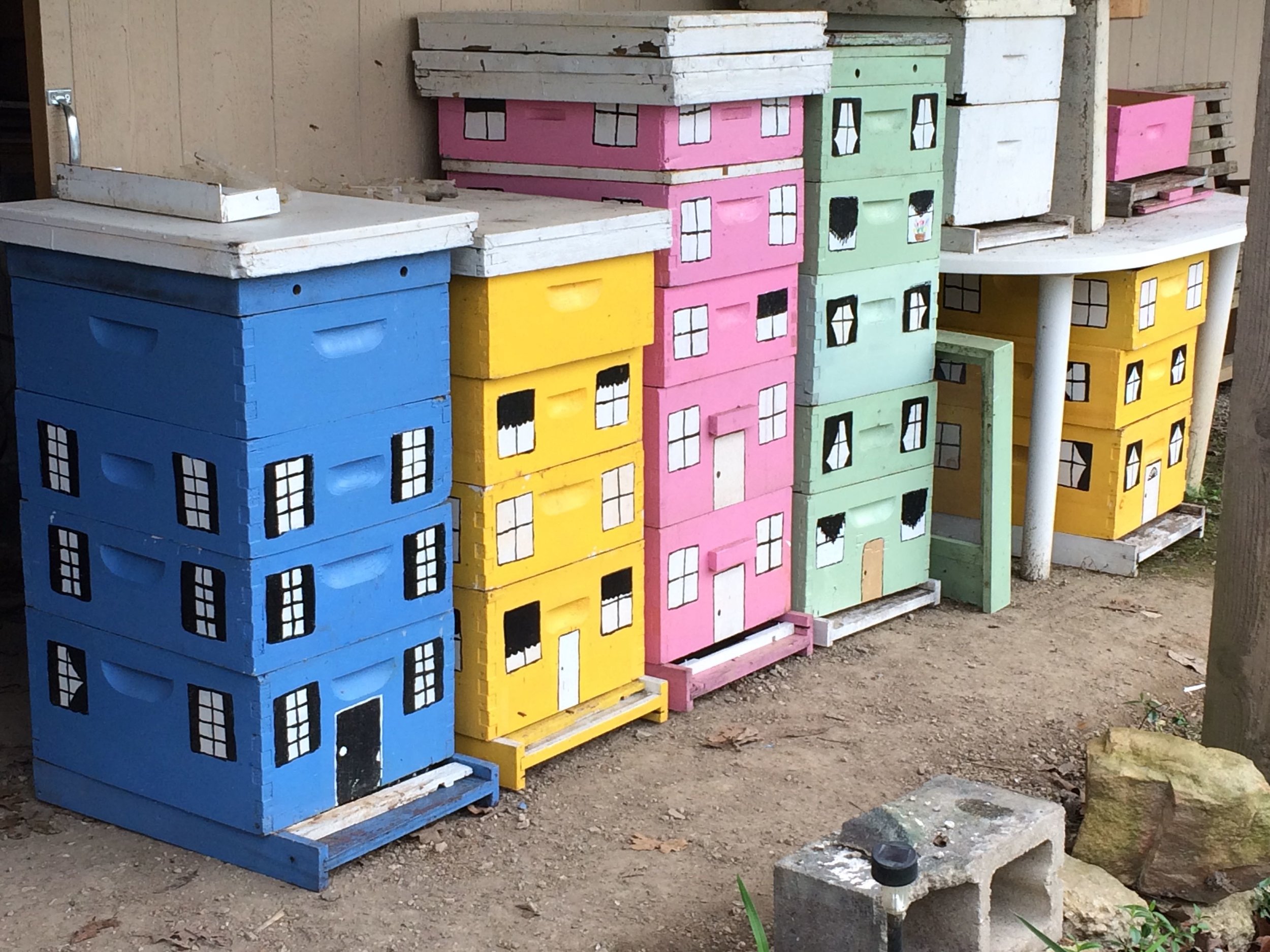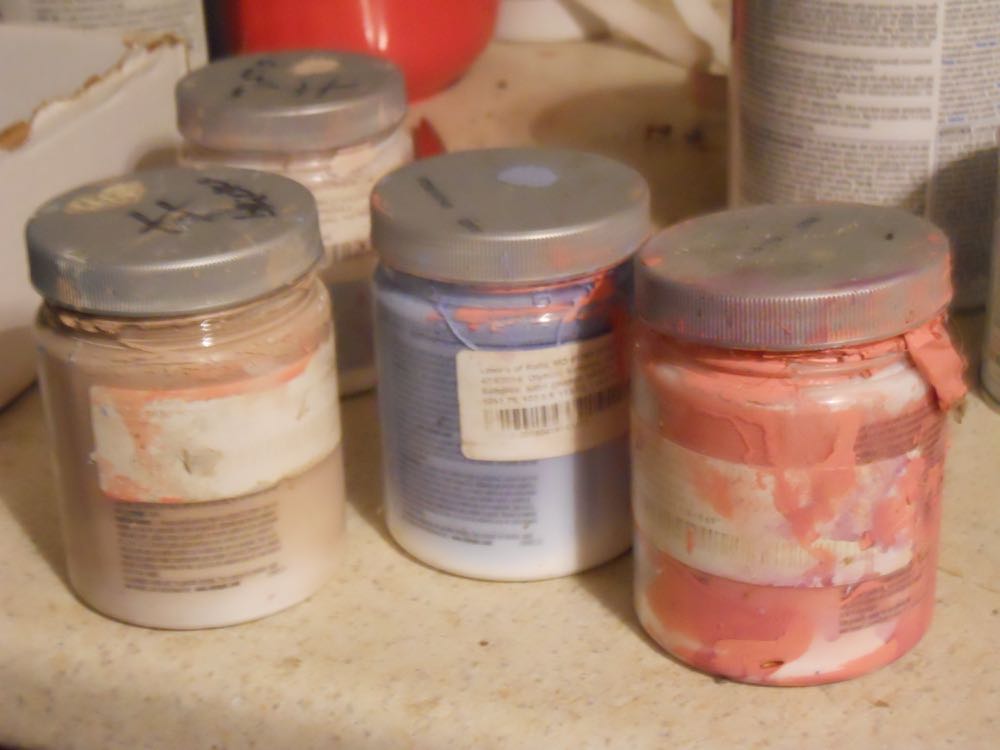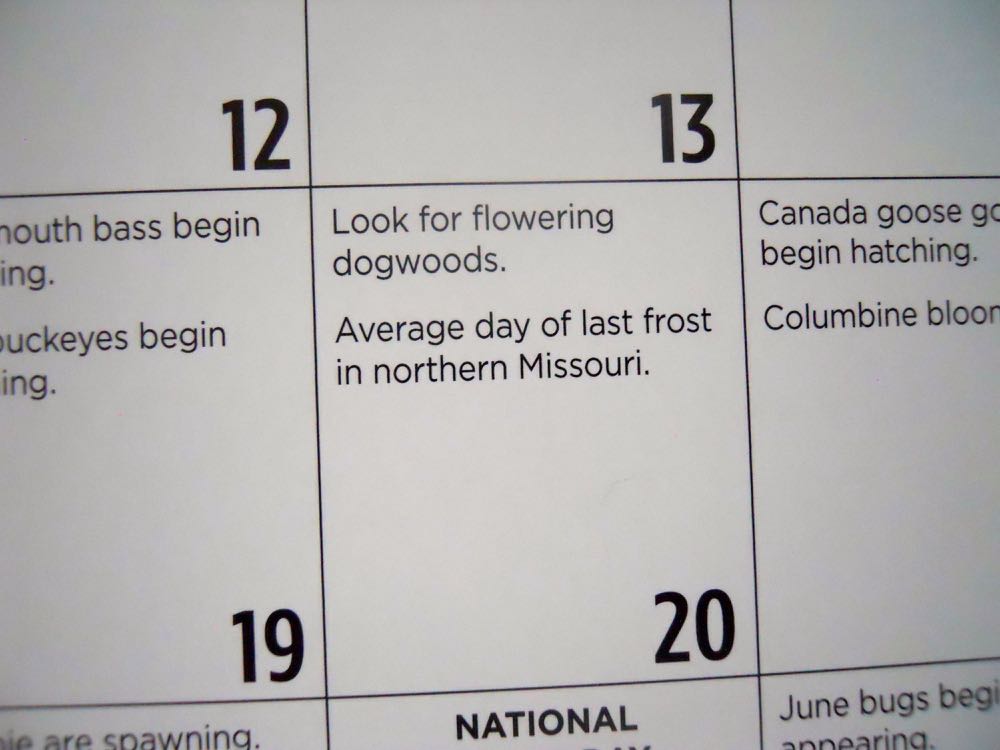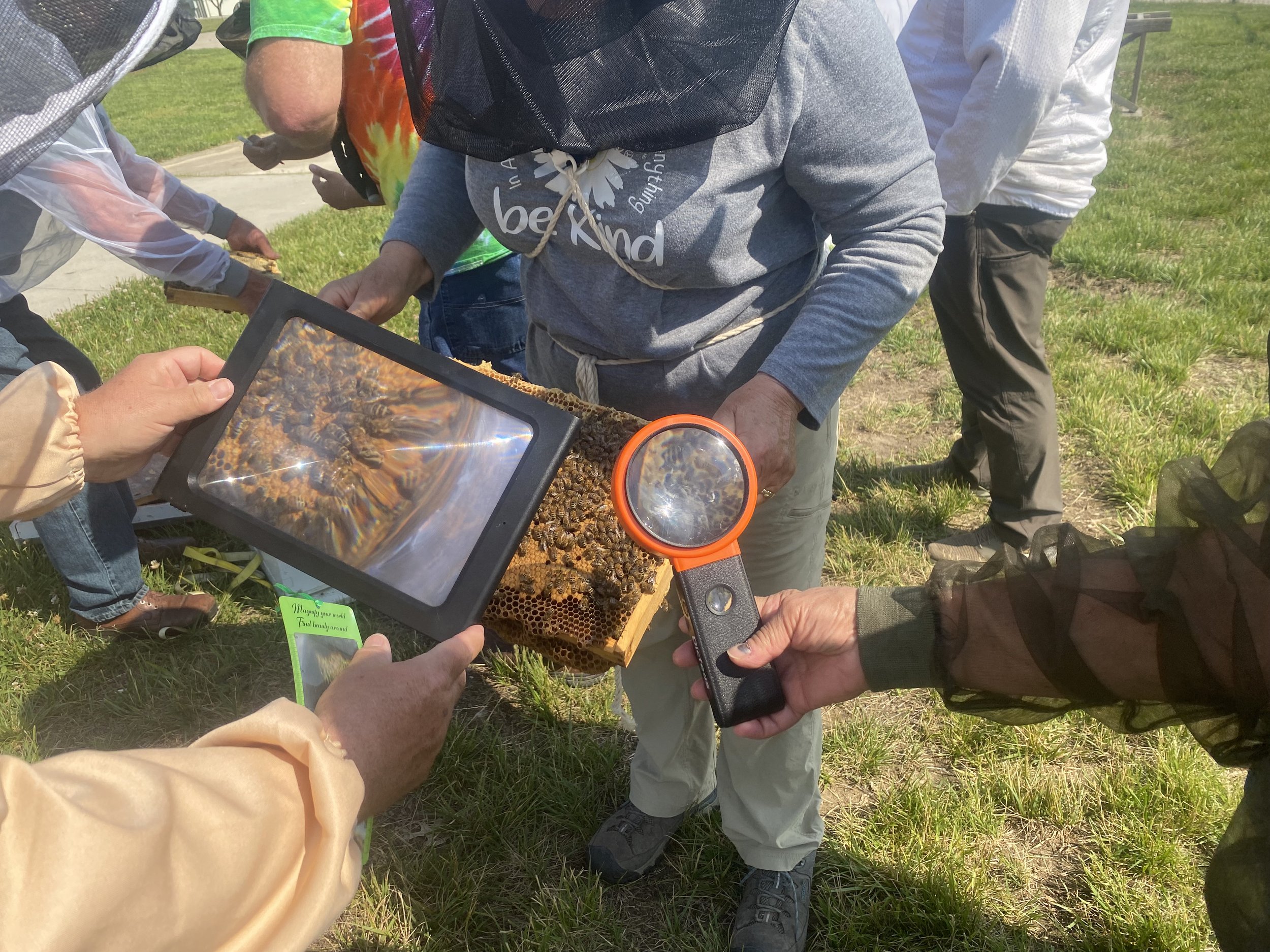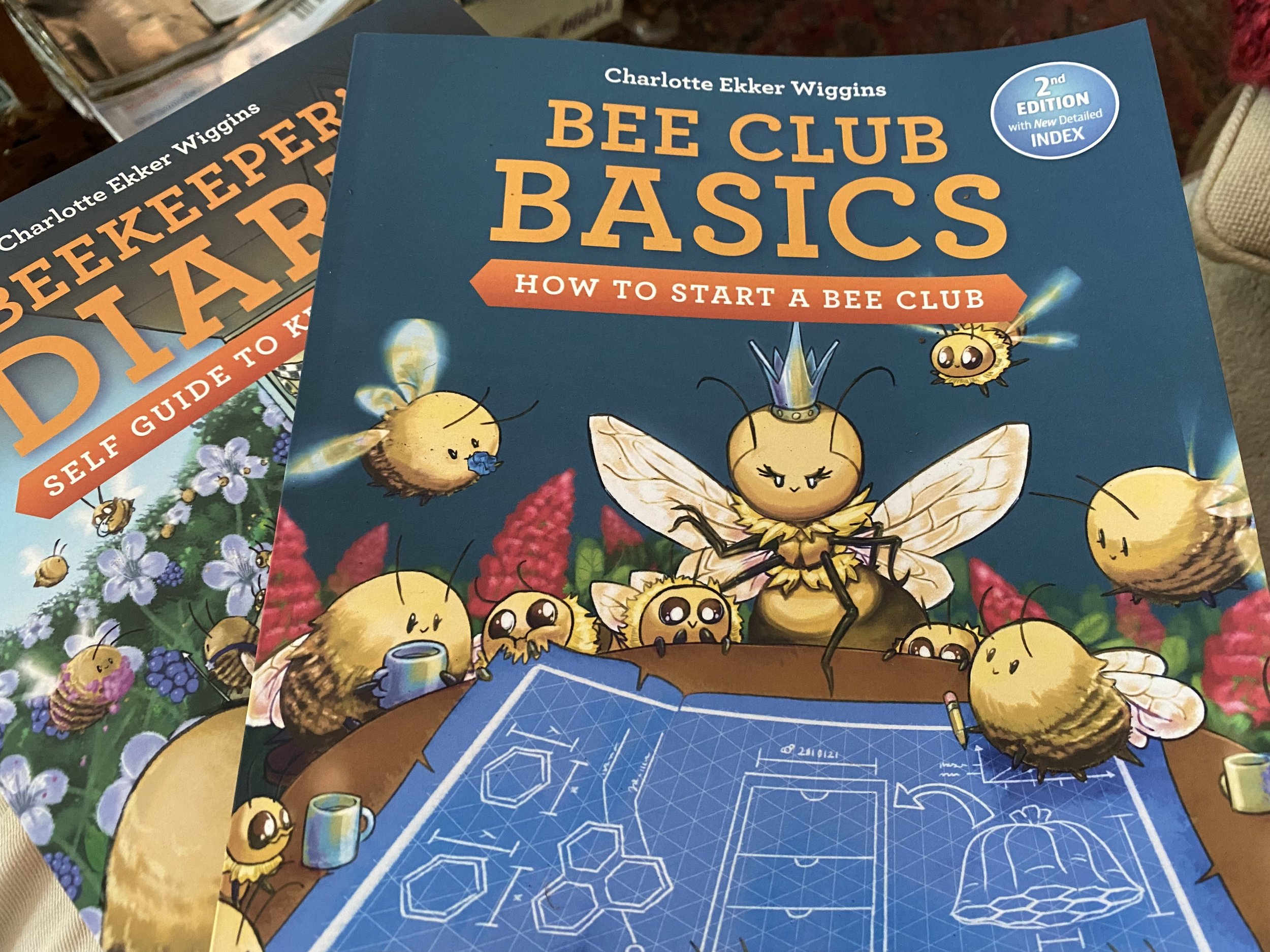Russian Scion Swarm Catcher
/I have one of the Russian swarm catchers on a nearby tree. (Photo by Charlotte Ekker Wiggins)
Russian Scion Swarm Catcher
Some beekeepers love to make, and try, new, and sometimes old things. Luckily I have two beekeeping friends who regularly are up to trying something, this time a “Russian scion” swarm catcher.
Now there are a couple of special things about this old gadget:
First, my bee buddy David, well known for not doing much if any woodwork, made one for me. Actually he made me two, one for each of my apiaries.
Secondly, I am past the period in my life where I want to climb trees, even if it is after a swarm of honeybees.
My northern apiary primarily faces down hill. (Photo by Charlotte Ekker Wiggins)
Basic Russian Apiary Tool
From what I read about the Russian scion, it is a basic tool in Russian apiaries. The device is designed to catch swarms in midflight, effectively interrupting their settling high into trees. Most swarms move in small increments to keeping scions close to hives is probably a good idea.
In illustrations I found online, Russians hang the scions from tall poles.
I placed mine on the side of a tree downwind from my apiaries, hoping the scion will attract any swarms that my colonies may generate.
Two pieces of wood form the foundation of the Russian scion. (Photo by Charlotte Ekker Wiggins)
How to Make a Russian Scion
According to David, Russian scions are easy to make. He made the ones he gave me from wood remnants.
The center round pole is covered in melted wax. David said it should also be lightly covered with lemongrass, which I have yet to do.
According to a reader, lemongrass smells similar to the nasonov pheromone, which bees share to guide other bees to an area. Lemongrass is also used asa a swarm lure in swarm traps and bait hives.
The center round piece is covered in melted wax and lemongrass. (Photo by Charlotte Ekker Wiggins)
Of all of the swarm “traps” and ways to try to entice swarms, this is definitely the easiest one to make. Especially since someone else made them for me!
Charlotte




